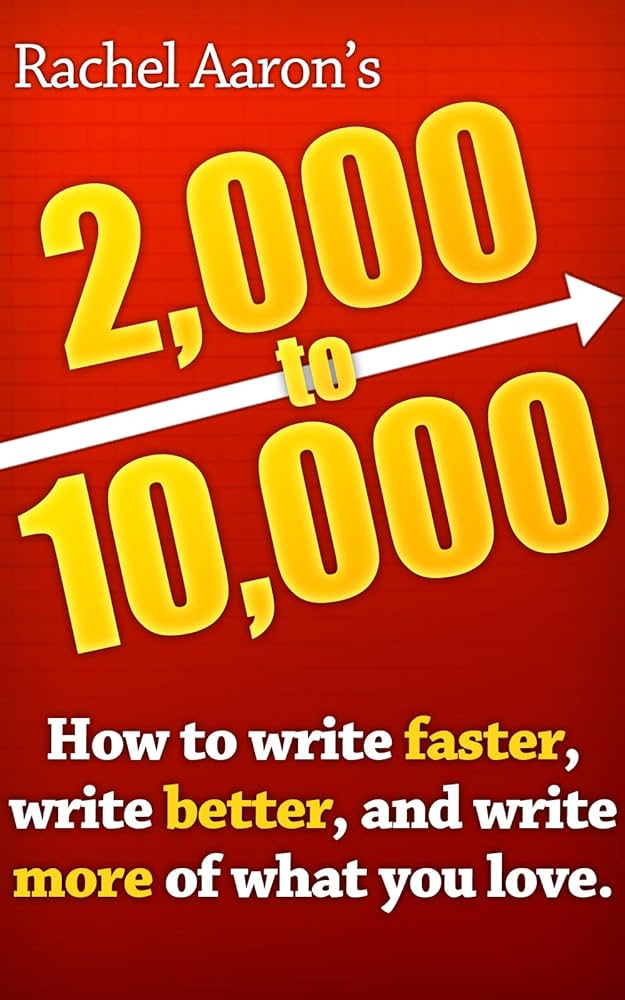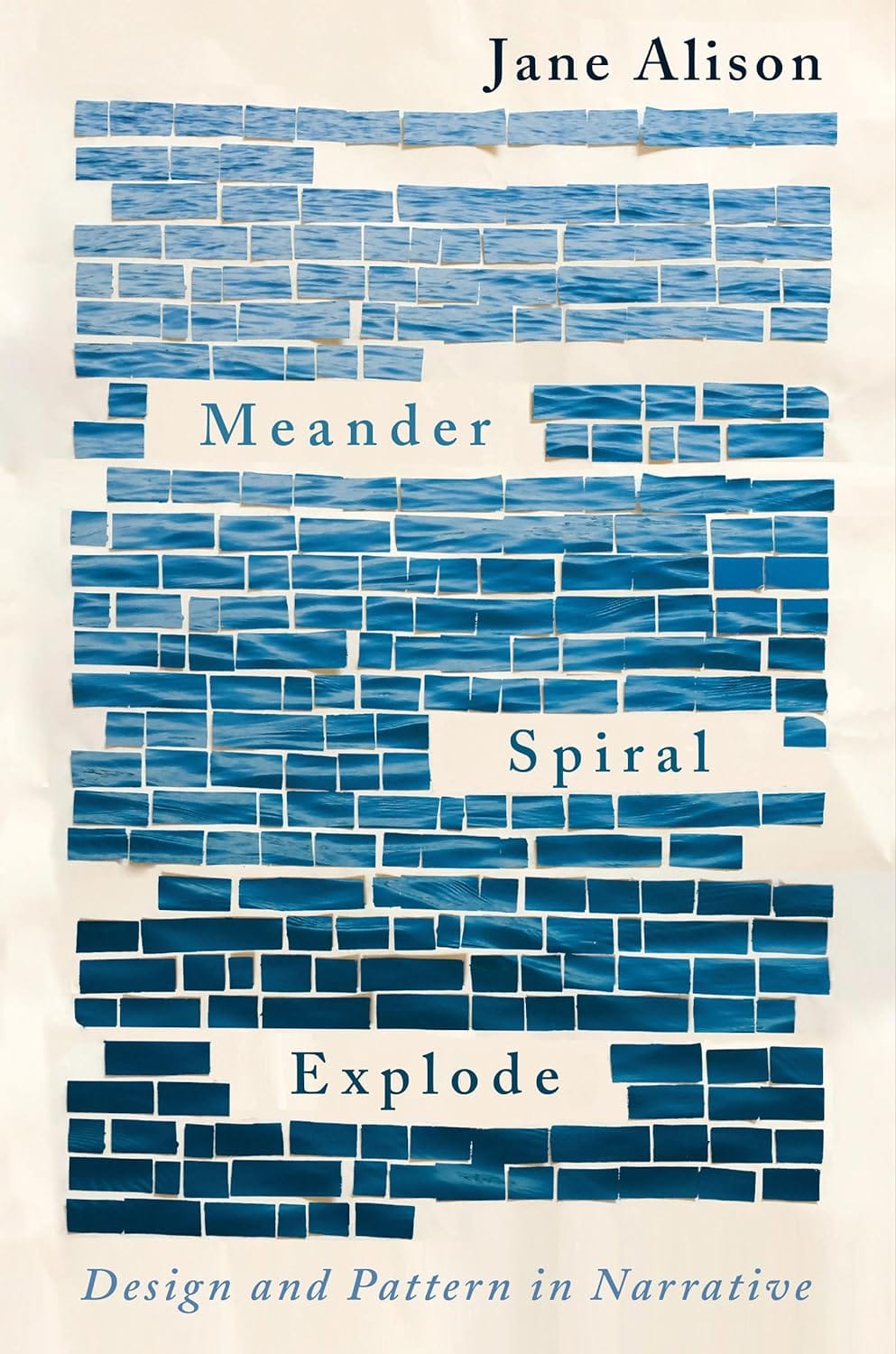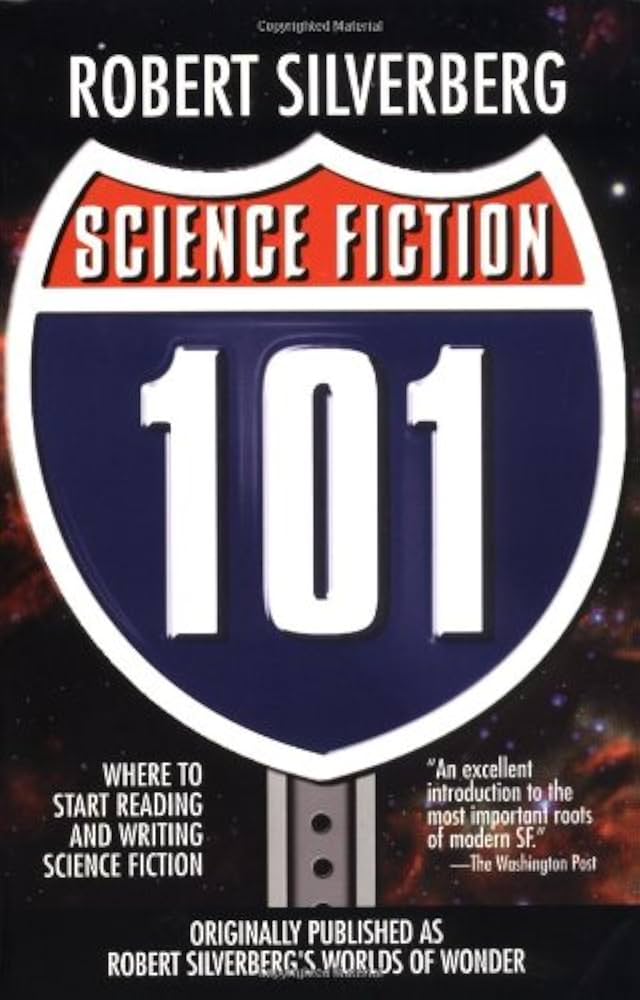2K to 10K - Rachel Aaron
Based on a viral blog post from 2011, Aaron attempts to impart her speed demon writing ways. She claims that most people double their writing output following her method.

What: Based on a viral blog post from 2011, Aaron attempts to impart her speed demon writing ways. She claims that most people double their writing output following her method.
Who: Rachel Aaron (also Rachel Bach for her science fiction), is a traditionally-published and self-published author of several bestselling series including Heartstrikers (starting with Nice Dragons Finish Last) and the Legend of Eli Monpress. She has also run her sucessful blog Pretentious Title since 2007 and has extensively documented both her traditional publishing and self publishing journeys there. 2K to 10K is also an Amazon bestseller, because who doesn't want to write faster?
Tone: A chatty author blog (that’s what it started as), Aaron is a planning wonk after my own data-loving heart. Fair warning: here be spreadsheets and detailed outline methods.
Read When: You need to write something really, really fast. You want to get more serious about your word count. You’re trying to complete that November Novel event.
% on Writing: High
Keywords: Writing Fast, outlines, characters, candy bar scenes, three act structure, Data trackers, Novelvember.
If you want to knock out reading a writing book in a few hours, this is the one to try. Aaron’s zeal for efficiency has streamlined this book into a “just the good bits” high-data download of actionable steps to get yourself started.
After a short introduction, Aaron gets straight to the good stuff. She starts with the blog post that started it all, how she went from writing 2,000 words a day to averaging over 10,000. Now, some caveats. Aaron has a pro-writer’s schedule. She’s got 6-hour blocks to dedicate, and can write everyday. Living the dream (ish). So don’t expect to write 10k a day in a one-hour sitting (or maybe do, there are some serious speed demons out there, maybe that’s you). That said, her three part method should help most people get more out of the writing time they do have.
1. Pre-outline your scenes. Take 5-minutes when you first sit down on each writing day and jot down what happens beat-by beat in the scene you’re going to write. This writing is for you, use sentence fragments, write only the dialogue, do whatever you need to block the scene out onto paper. Now you know what’s going to happen and you can concentrate on telling the story, not figuring out what’s happening next. This is one of those smack your head, why-didn’t-I-think-of-that ideas. You’re splitting the cognitive load into two tasks and yes, it does make writing a hell of a lot easier.
2. Figure out your best writing time - track your writing day by day and hour-by-hour to determine when you get the best writing done. You might think you’re a morning person, but maybe you’re more productive after work. Only one way to find out and that's to actually keep track. Blogger’s Note: This has a secondary advantage of helping you find your writing pace. If you know how long it takes you to write a few thousand words, you can get a rough idea of how long (in an ideal world) it will take you to write the first draft of the book).
3. Get excited about every scene - Another “duh” suggestion. Aaron points out that you write faster when you’re excited about what you’re writing. So find something to get excited about in every scene.
She talks a bit about her own experience following this method, including her outline method (more on that next week) and then launches into the second section of the book which covers deciding what to write, plotting, plotting a series, crafting outstanding characters, the three act structure, editing and advice for new writers. Wham, bam, bloom. It’s taken you longer to read this article than to read some of these chapters, except you'll be going back to re-read them several times because they are dense with actionable step-by-steps.
Consider this book an investment in your writing practice and at the very least read the blog post and give those tips a try. As always: add what works for you to your personal toolbox and file the rest away for a rainy day when they might come in handy.
P.S. if you’ve missed Aaron’s Heartstrikers series, it and the other series in that universe are some of my personal favorites.




